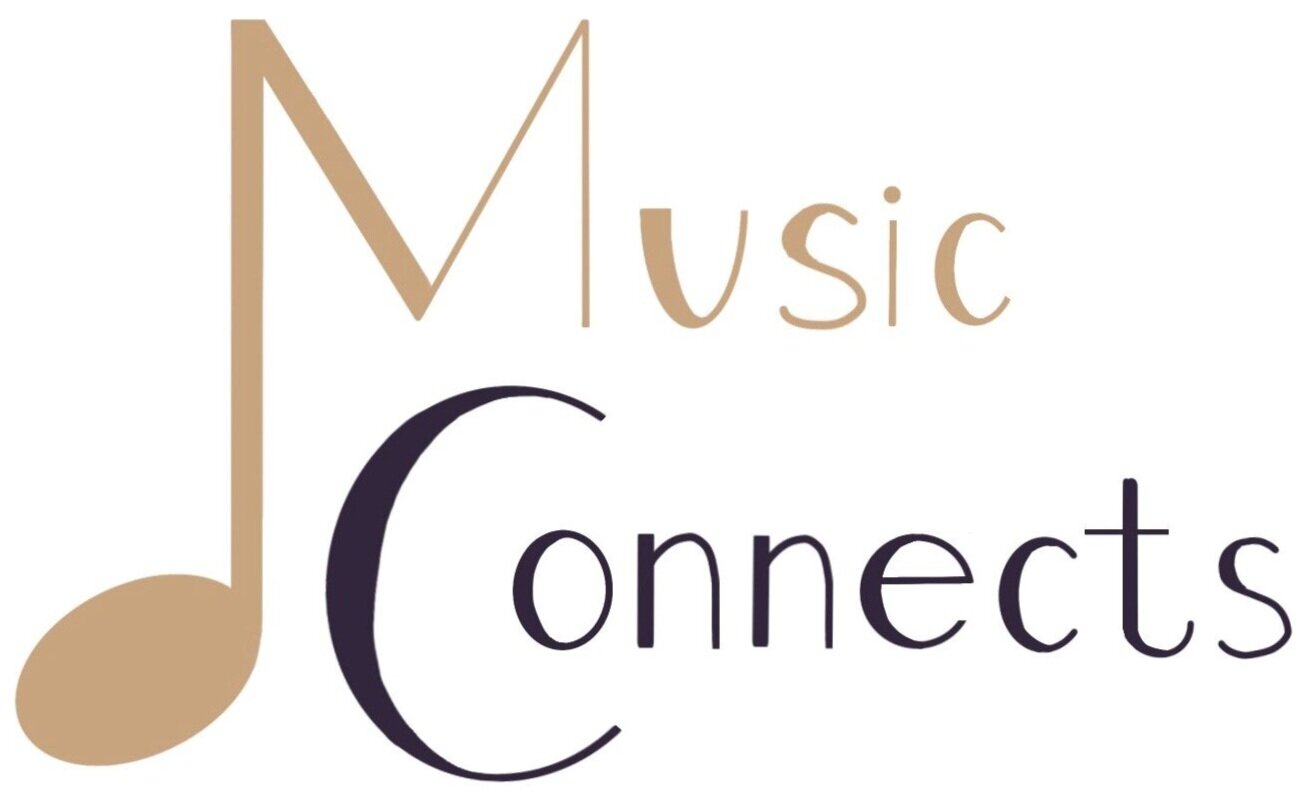The Kora:
West Africa’s Heart of History, Storytelling, and Music
Across the deserts and open spaces of West Africa, a voice instrument both supple and commanding has been handed down through the ages, holding history, culture, and stories within its sounds. The 21-stringed harp-lute kora is an instrument of oral tradition, a bridge between past and present.
The kora originated with the Mandinka of Mali, Senegal, Gambia, and Guinea, where generations of griots have played it (“West African storytellers, musicians, poets, and historians who preserve their culture through oral traditions”). Also known as jeli or djeli, they pass down histories of great leaders, social mores, and ancestral heritage, acting as both education and entertainment.
Unlike the majority of stringed instruments, the kora is played with both hands, where the player plucks the strings with thumbs and index fingers while other fingers are used to rest on the two wooden posts of the instrument for support. The technique allows one to achieve an interplay of melody, bass, and rhythm, which results in an effect comparable to having several instruments playing together.
The kora’s design features a calabash gourd resonator, covered with cowhide for amplification, and a long wooden neck with notches or leather rings for tuning. Traditionally strung with 21 gut or fishing line strings, its flexible tuning system allows adaptation to various regional styles. The kora’s harplike, resonant sound ranges from contemplative to euphoric, enabling griots to convey deep emotion and storytelling through its expressive melodies.
Senegalese kora virtuoso Sana Cissokho
With its ability to transcend musical genres, the kora has been featured in everything from classical music to fusion projects that blend flamenco, blues, and electronic music. The kora remains a symbol of heritage, storytelling, and community—an instrument that still defines and continues to express the heart of West Africa.
Today, the struggle to preserve the heritage of the kora continues. In some cases, modern koras are fitted with guitar-type tuning pegs and even electronic pickups for played concerts. There are, nonetheless, those who believe that the instrument should remain handmade and knowledge should be passed down orally. Institutions, music schools, and devoted griot families ensure that the future generations continue to learn and master the instrument so that its traditions are preserved.
Whatever its environment of performance—village stage, concert hall, or international festival circuit—the kora is among the world's most captivating instruments. It tells stories without language, bearing on its strings the breath of history into the contemporary era and the voice of the past so that they will never be lost.
Although the kora has its ancient beginnings in West African traditions, its impact has reached much farther than the continent. Toumani Diabaté, Ballaké Sissoko, and Seckou Keita all recognize the instrument, blending traditional styles with contemporary and even jazz-style techniques. The instrument has also been incorporated into Western-fusion projects, introducing its otherworldly voice to the international community.
We hope you enjoyed reading our blog! See you next time!


